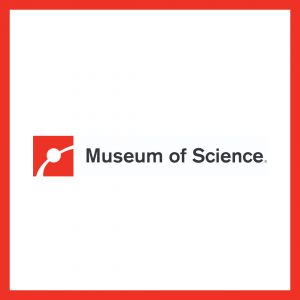Word of the Day
ansa
noun
either of the apparent extremities of the rings of Saturn or of other planets, especially when viewed from the earth or from spacecraft under certain conditions, when they look like two handles.
More about ansa
Ansa, “a handle-shaped region of Saturn’s rings,” is a borrowing of Latin ānsa “handle, loop, clamp.” As a regular Latin noun, the plural in Latin is ānsae, and the plural in English is ansae (sometimes stylized as ansæ). Descendants of ansa in modern Romance languages include anse in French as well as asa in both Portuguese and Spanish. Beyond Latin, ansa has few known relatives, but potential matches appear in various Indo-European languages, from Ancient Greek to Icelandic to Lithuanian. Ansa was first recorded in English in the early 15th century.
how is ansa used?
A bright arc within Saturn’s faint G ring holds a tiny gift. A small moonlet is just visible as a short streak near the ansa of the G ring arc in the top of two versions of the same image. The second (bottom) version of the image has been brightened to enhance the visibility of the G ring.
mezzaluna
noun
a crescent-shaped, single- or double-bladed chopping knife, with a handle on each end or a connecting handle.
More about mezzaluna
Mezzaluna, “a crescent-shaped chopping knife,” literally means “half-moon, crescent” in Italian and is a compound of mezza, feminine of mezzo “middle,” and luna “moon” (compare the recent Words of the Day lunisolar and perilune). Mezzo, which is also the source of the loanword mezzanine “the lowest balcony in a theater,” comes from Latin medius “middle,” which is a distant relative and synonym of English middle and Ancient Greek mésos. A common trend is for Latin -cae-, -di-, -te-, and similar combinations before vowels to become -zz- in Italian. Just as medius became mezzo, Latin Nīcaea “Nice” became Italian Nizza, puteus “(water) well” became pozzo, and statiō “standing-place” became stazzo “fold, pen.” Mezzaluna was first recorded in English in the early 1950s.
how is mezzaluna used?
The mezzaluna, with its half-moon-shaped blade and knobby handles at each end, possesses the simplicity of a tool like the hammer. Its design recalls an earlier time, before the food processor, and before home cooks had knife skills worthy of a restaurant kitchen.
The curved blade design is modeled on a mezzaluna, … which has a much shallower curve and often (but not always) has two handles to make rocking it back and forth over the leaves a much less strenuous affair, taxing your strong arms instead of twisting one wrist in an unnatural fashion.
areology
noun
the observation and study of the planet Mars.
Why the Museum of Science chose areology
Dictionary.com is collaborating with the Museum of Science, Boston, to bring science—and words—to life for millions around the world through “Science Word of the Week,” a weekly series that will describe scientific terms, their meanings, and how they are used. The partnership stems from a common theme in mission between us to inspire a love of words and science in everyone.
Right now, a rover on Mars is collecting rock samples that will help us learn more about the planet and may help us determine if life ever existed on Mars. Watch the video below to hear more fun facts about areology from science communicator, Alex Dainis, Ph.D.
More about areology
Areology is based on the Ancient Greek word for Ares, the god of war, plus -logy, which indicates the science or study of a topic. Some linguists have traditionally derived Ares from the Greek word for “damage, disaster, doom,” but others consider the name to come from a lost language once spoken in what is now Greece. Take care not to confuse the god Ares with the constellation Aries, which is unrelated and comes from the Latin word for “ram.” Areology was first recorded in English in the early 1880s.
EXAMPLE OF AREOLOGY USED IN A SENTENCE
From Galileo’s observations to NASA’s missions, interest in areology has fueled scientific discoveries for centuries!
FUN FACT ABOUT AREOLOGY
While geology refers to the study of the planet Earth, areology is the Martian version. Learn more fun facts at the Museum of Science.
